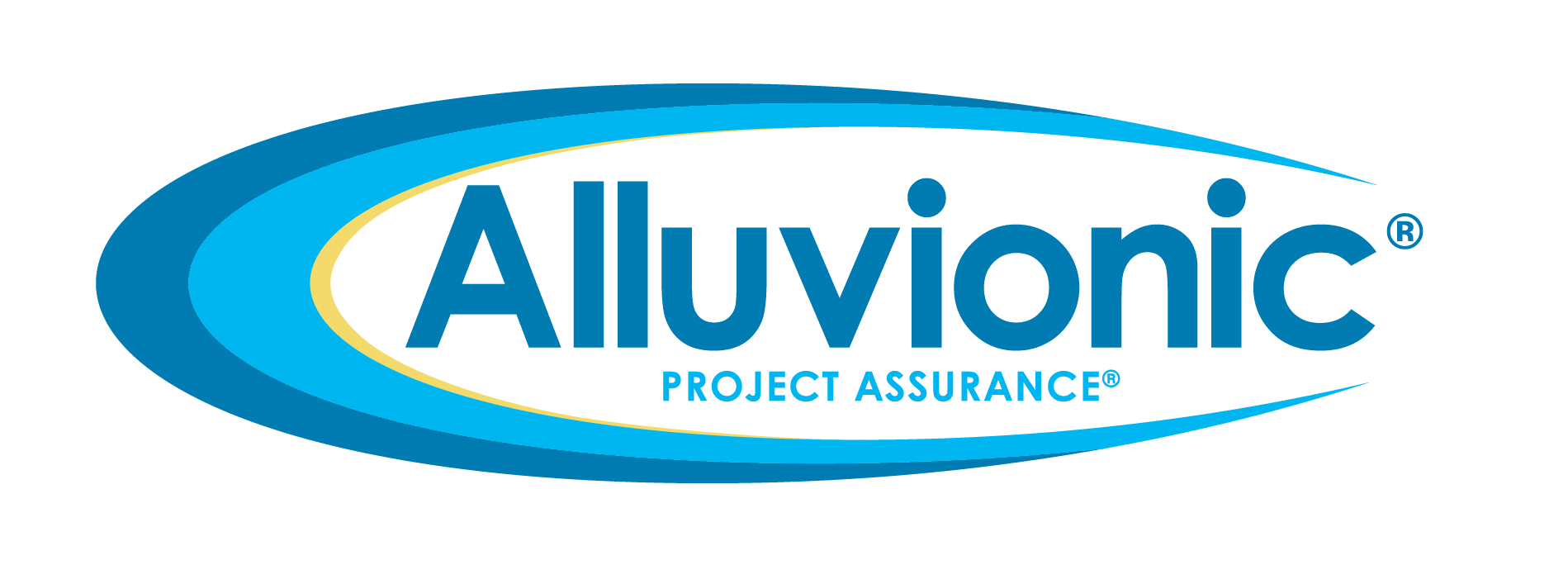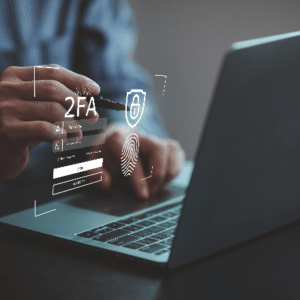The Paper Trail That Can Make or Break Your CMMC Assessment
CMMC compliance isn’t just about implementing security controls. It’s about proving they exist and function as intended. That proof comes down to documentation. Without proper records, even the best cybersecurity measures can fail an assessment. Organizations preparing for a CMMC Level 2 certification often underestimate the importance of documentation, leading to costly delays or outright failure. The good news is that most documentation mistakes are preventable with the right strategy.
Understanding these common pitfalls will help you streamline your CMMC preparation and ensure your evidence is both complete and credible when assessors come knocking.
Mistake #1: Treating Documentation as an Afterthought
Many organizations focus heavily on technical implementation but delay documentation until the last minute. This often results in rushed policies that don’t accurately reflect operations or security practices. Assessors will not only review your documentation but also verify that your actual practices align with what’s written. If the two don’t match, it raises red flags.
To avoid this, documentation should be developed alongside cybersecurity controls, not as an afterthought. Policies should clearly define security requirements, while procedures should outline how those policies are carried out. The System Security Plan (SSP) is particularly critical, as it details how security requirements are implemented and maintained. Risk assessments, security training records, and incident response logs should also be updated regularly to reflect ongoing security activities.
Mistake #2: Incomplete or Generic Policies
Relying on pre-made templates without customizing them to your organization’s environment is one of the fastest ways to fail an assessment. Generic policies that don’t align with your actual security measures create a disconnect that assessors will quickly identify. Policies must be tailored to reflect the specific technologies, processes, and risks within your organization.
At a minimum, all policies related to CMMC Level 2 requirements should include:
- Access control measures that define user roles and permissions.
- Incident response procedures that outline how threats are identified, reported, and mitigated.
- Encryption policies detailing how Controlled Unclassified Information (CUI) is protected.
- Audit and logging requirements that demonstrate system monitoring.
Policies should not exist in isolation. They must be backed by procedures and technical evidence, such as system configurations and audit logs, to prove they are enforced.
Mistake #3: Poorly Organized or Missing Evidence
A common challenge for organizations is gathering and presenting evidence in a way that simplifies the assessment process. If documentation is scattered across multiple departments, stored in various formats, or missing altogether, assessors will have difficulty verifying compliance. This can slow down the assessment, increase scrutiny, and lead to findings of non-compliance.
Organizing documentation in a centralized, structured manner ensures quick access to required materials. Many organizations use platforms like SharePoint, Confluence, or compliance tracking tools to maintain a repository of policies, procedures, training records, system logs, and incident reports. Evidence should be mapped directly to the specific CMMC requirements it supports.
For example, if an assessor asks for proof that user access is reviewed quarterly, you should be able to present access control logs, meeting minutes, and any relevant policy updates. Having a well-structured system in place will reduce assessment stress and demonstrate that cybersecurity is an integral part of your operations.
Mistake #4: Misaligned Policies and Practices
Assessors will not only review your policies but will also test whether they are being followed. A policy that states multi-factor authentication (MFA) is required for all users must be backed by evidence that MFA is actually in use. If policies are outdated or not enforced, it creates compliance gaps that are difficult to defend.
To prevent misalignment, policies should be reviewed and updated regularly, ensuring they reflect current security measures and business processes. Security teams should conduct internal audits to verify that procedures are being followed as documented. This includes testing controls, interviewing employees, and reviewing system logs to confirm adherence to policies.
Training is another essential factor. Employees should understand their cybersecurity responsibilities and be aware of policy requirements. Regular training sessions and awareness programs help reinforce compliance and reduce the risk of human error undermining security efforts.
Mistake #5: Neglecting a Plan of Action and Milestones (POA&M)
Even the most prepared organizations will have areas that require improvement. The Plan of Action and Milestones (POA&M) is a critical component of CMMC compliance, outlining any deficiencies and the steps being taken to address them. However, some organizations fail to maintain an up-to-date POA&M or assume that assessors won’t ask for it.
A well-structured POA&M demonstrates continuous improvement and a commitment to cybersecurity. It should include:
- Identified compliance gaps and associated risks.
- Planned remediation steps and responsible personnel.
- Expected completion timelines and progress updates.
For CMMC Level 2, some issues can be addressed through a POA&M after the assessment, but certain high-priority requirements must be fully met at the time of evaluation. Organizations should review the latest CMMC guidelines to determine which controls must be implemented before certification.
Final Thoughts: Be Proactive, Not Reactive
CMMC documentation is more than just paperwork, it is the foundation of a successful assessment. Treating documentation as a priority, aligning policies with actual practices, maintaining organized evidence, and using a structured POA&M will significantly improve your chances of a smooth and successful certification process.
Alluvionic, a Cyber-AB Registered Practitioner Organization (RPO), specializes in guiding organizations through CMMC preparation, helping them avoid common mistakes and streamline their compliance efforts.
If you want to learn more about simplifying CMMC documentation and evidence collection, reach out to our experts today.



